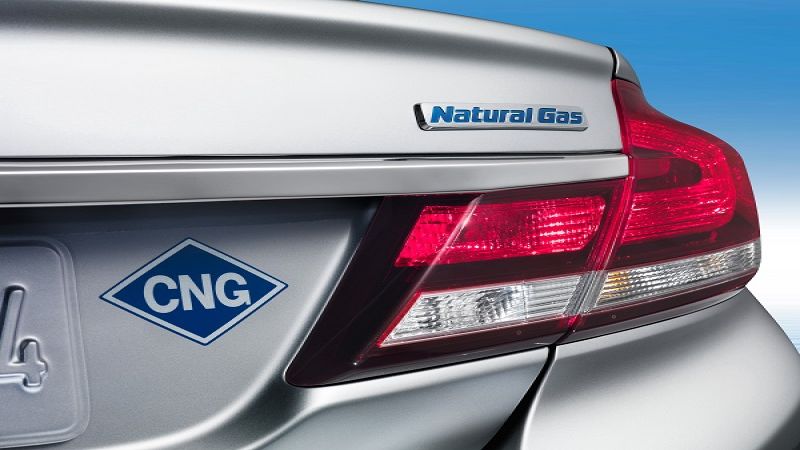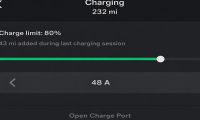Honda is the only company in North America with a natural gas version of a sedan. The Civic Natural Gas is a mature product offered by Honda in most US states. It is not a conversion or prototype. Using the 2013 Civic Natural Gas as our example of what a natural gas car can be we have decided to compare it to some other Civics to see how it stacks up in terms of fuel efficiency and green credentials.
Honda has led the world in the green car revolution for many years. It is the only company in North America that has private customers driving fuel cell vehicles, natural gas vehicles, electric vehicles and hybrids. It was the first to market in the US with a hybrid, the Insight, which by any measure is still one of the most fuel efficient vehicles the US market has ever seen. Honda thus far has stayed out of the diesel market, and our recent story offered a few solid facts arguing that fuel really achieves little in terms of green car progress.
Lets’ start our comparison with fuel economy. Since the natural gas Civic does not use gasoline, our benchmark would be impossible if not for our federal government. The EPA and other agencies offer an excellent resource to buyers in the form of Fueleconomy.gov. The US government is very motivated to help consumers choose cars that are fuel efficient and non-polluting. It has devised a gasoline equivalent for cars that don’t use it so that buyers can see what their fuel economy will be compared to other cars. This resource says that the Civic Natural Gas earns an EPA estimated 31 mpge combined. Not bad. In fact, quite good.
However, compared to other Civics, this is not really impressive at all. The gasoline version Civic HF (not a hybrid) earns an EPA estimated 33 combined. The base Civic earns 32 mpg when it uses an automatic transmission. The Civic Hybrid beats all of these handily earning 44 mpg combined. In fact that car always gets 44 mpg, highway, city, whatever. No gimmicks, just incredible fuel economy and it used regular unleaded, not premium. In this size sedan there are few real challengers.
Green car advocates don’t consider fuel economy the only true measure of a green car’s worth. Many think that CO2 emissions are the real metric. Here the Civic Hybrid still wins. It puts out just 200 grams of CO2 per mile according to our source. The Civic Natural Gas emits about 10% more, with 218 grams per mile leaving the tailpipe. That is better than the other Civics, but it would seem the hybrid has a huge edge on the natural gas Civic in terms of two of the most important metrics used to gage a green car’s impact. All the cars we compared are model year 2013 to keep things fair and timely.
Those who have a preferred fuel, or way to propel a car, always have their own arguments about why their idea is best. A healthy debate is good, but engineering facts are helpful too. Some argue that natural gas is cleaner in terms of emissions than vehicles that use gasoline. Perhaps, but the hybrids now emit so little pollutants that the scale of their measurement is logarithmically smaller than just one generation ago. They are categorized as “partial zero emissions vehicles.” Advocates of natural gas point out that the reserves in North America are vast, and growing in terms of discovered locations. All true, but locally natural gas production meets with fierce opposition from environmental groups who oppose the method by which it is extracted (The “F” word is used here so prepare yourself) fracking.
Our most recent comparisons have shown that hybrids offer better fuel efficiency and lower CO2 emissions than identically sized and produced diesel or natural gas cars. As the electric car continues its march towards maturity and hybrid drive elements continue to creep into all liquid fueled vehicles, it is important to rely on facts to discern which vehicles have the most promise for a greener future.












